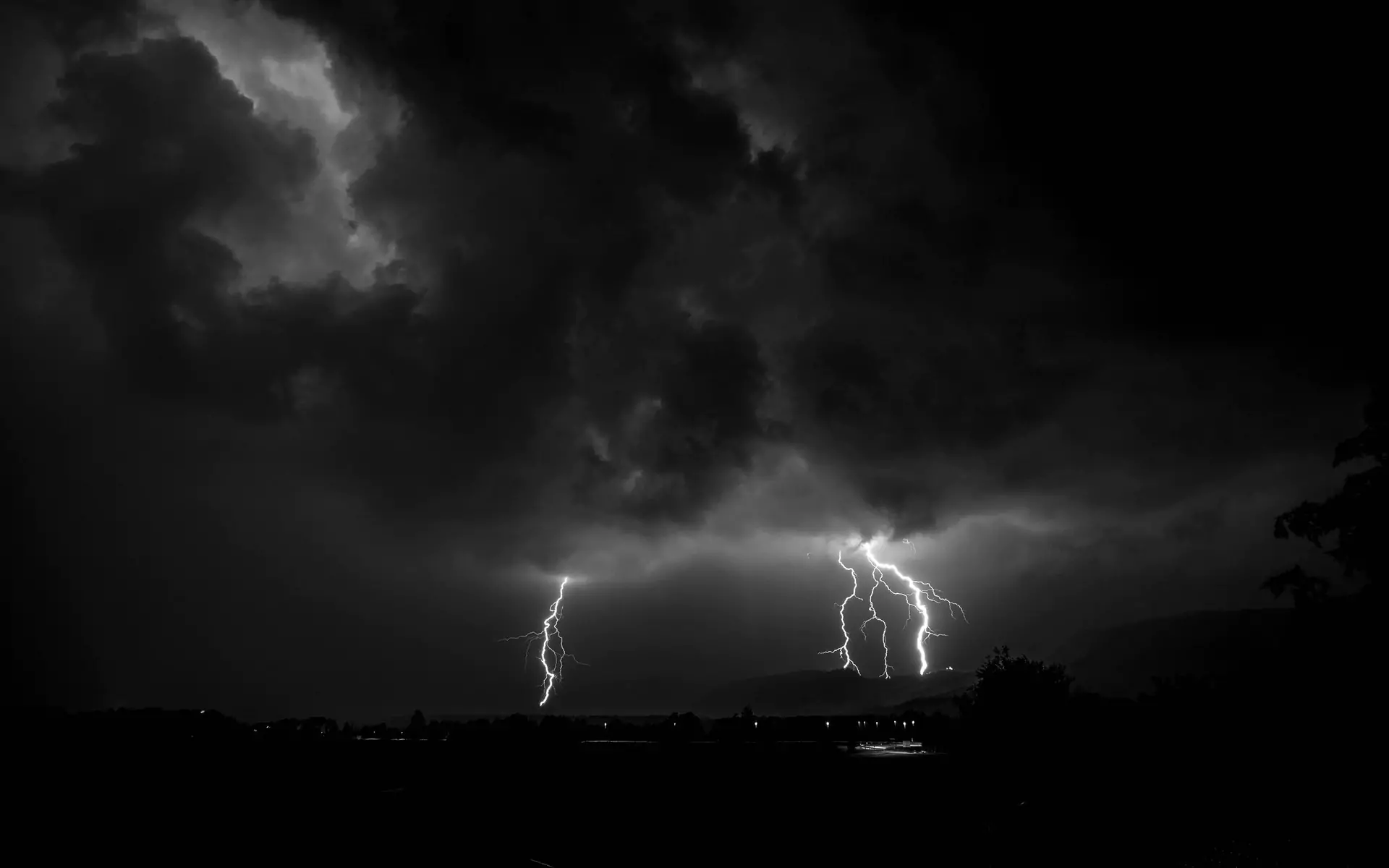Thunderstorms are dramatic weather events that include electrical discharges, loud thunder, & usually large amounts of rain, hail, and even snow. About 40,000 thunderstorms occur every day in the world. Thunderstorms are most frequent in the Earth's equatorial regions, and are most powerful in the United States, particularly in the Midwest and South.three ingredients are required for thunderstorms to form: moisture, instability and lift. Thunderstorms go through Three distinct life stages: the cumulus (or developing) stage, the mature stage, and the dissipation stage.
The cumulus stage occurs when warm, moist air is pushed upwards into cooler air. Air may rise due to convection, frontal clashes or orographic lifting. The moisture in the air mass cools, water vapor condenses, and cumulus clouds form. Condensation creates heat as well, increasing convection.
The storm enters its mature stage when the rising air encounters the tropopause. The cloud then spreads out on top, giving the thunderstorm cloud its characteristic anvil shape. In severe storms, updrafts may be strong enough to punch through the tropopause into the stratosphere.
Water droplets coalesce into raindrops and may also freeze to become ice particles. These ice particles melt as they fall, becoming rain. If the thunderstorm's updrafts are strong enough, ice particles may be held aloft long enough to produce large pieces of ice. If these pieces are too large to melt as they fall, then they reach the ground as hail.
Updrafts continue, but falling rain creates downdrafts. These combined updrafts and downdrafts create severe internal turbulence, and are manifested as strong wind, lightning, and possibly tornadoes. Without movement, the thunderstorm will dissipate quickly, but if there is sufficient movement to separate updrafts and downdrafts, then the storm can develop into a supercell.
Thunderstorms dissipate when updrafts weaken and disappear. The remaining moisture precipitates out of the air mass. There is no longer enough moisture to sustain the cycle, and the storm dissipates.
